InstantFlex TL70 2.0: The Future is Bright for Instax Photography
![]()
In March 2015, the Hong Kong-based company MiNT shook up the world of instant photography by announcing the InstantFlex TL70, an Instax instant camera that looks and feels like a vintage Rolleiflex twin-lens reflex camera. Today the company just announced the new InstantFlex TL 2.0, a followup camera with noticeable improvements.
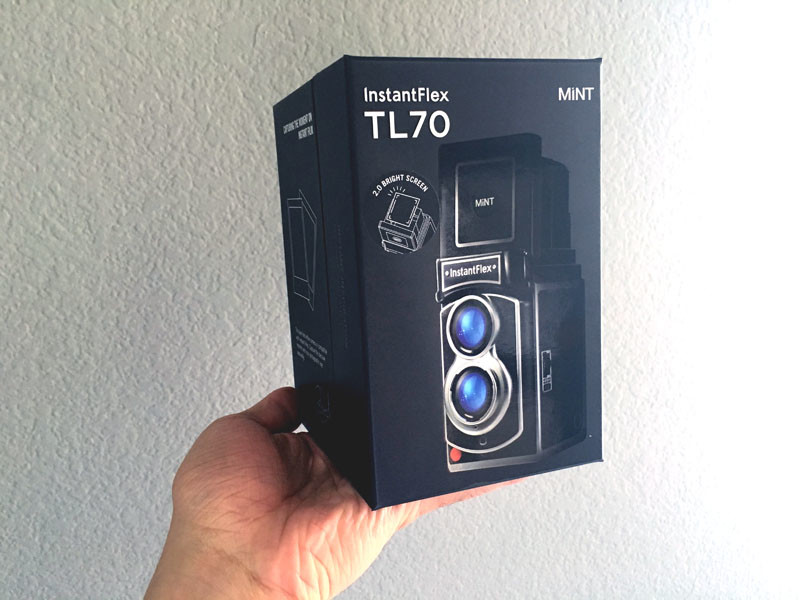
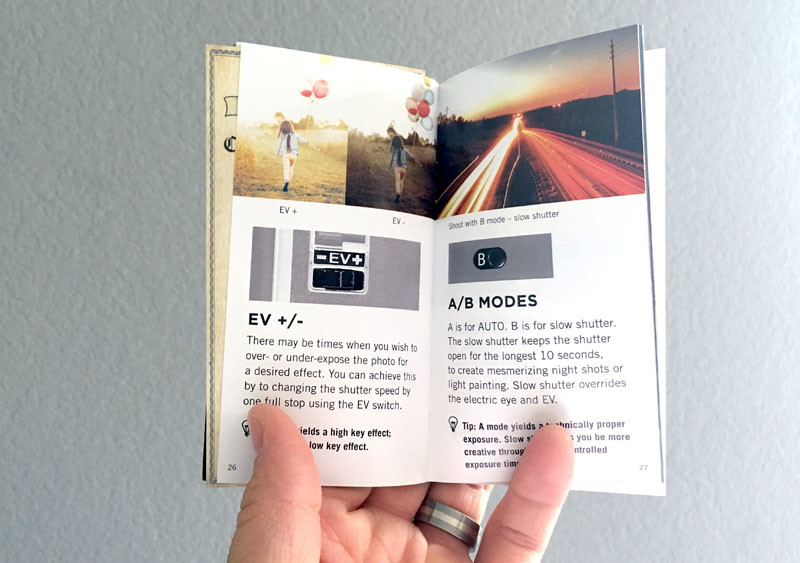
The Fresnel anti-glare coated viewfinder is 5 times brighter than the one found on the original camera, making it easier for photographers to frame their shots and achieve proper focus.
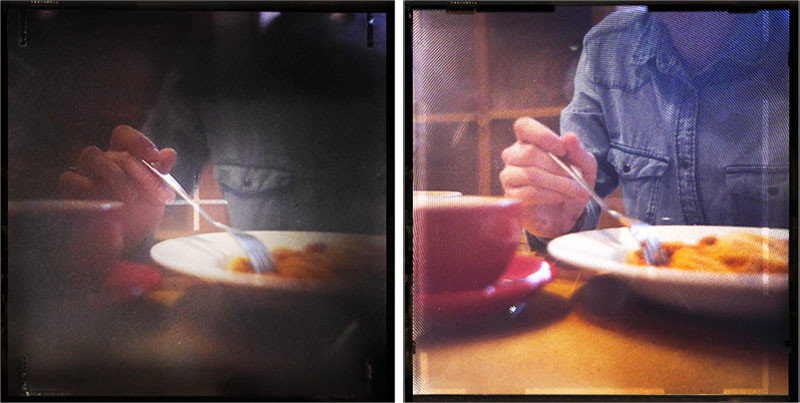
The new viewfinder is a joy to use. The angle of view isn’t super wide, but it’s easy enough to frame scenes in darker environments as long as you’re looking at it straight on from the correct angle. In brighter and/or sunny settings, you’ll have no problem seeing the small details of scenes.
![]()
![]()
If you need more assistance with focusing your shot, a magnifier flips up in the cinematic viewfinder panel, and putting your eye up to it lets you precisely nail your focus. Focusing is done with a wheel on the side of the camera.
![]()
![]()
Unlike the Fujifilm Instax Mini 90 Neo Classic instant camera, which is inspired by the look of vintage cameras but lacks powerful manual functions, the InstantFlex TL 2.0 is fully manual. After turning on your camera by flipping up the viewfinder, you’ll need to adjust scenes to find the right exposure settings yourself.
A newly designed aperture wheel under the lenses on the front of the camera can be set to f/5.6, f/8, f/16, f/22, and f/bokeh (a special “easter egg” setting for special shaped bokeh in your shots). An EV (Exposure Value) compensation wheel on the side of the camera lets you under or over expose a shot if desired.
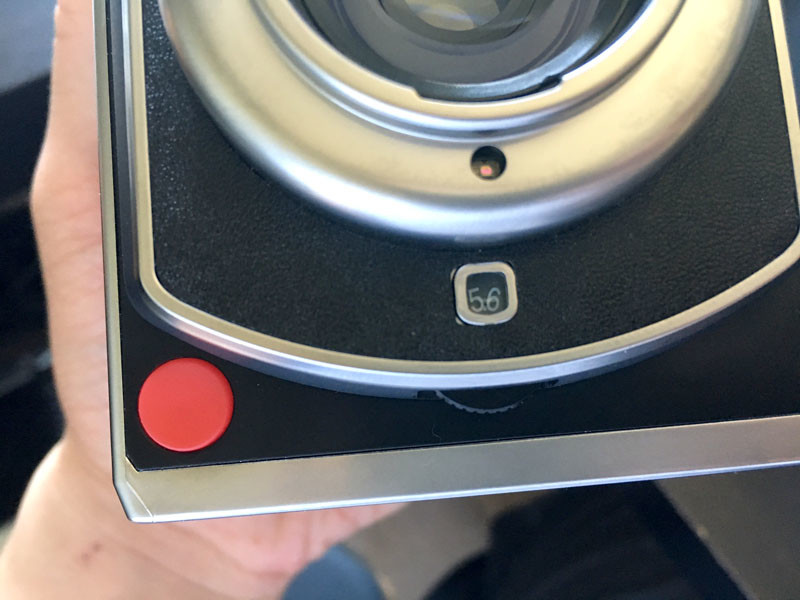
A built-in ambient light meter can tell you whether your scene will be properly exposed: press the red shutter button on the front of the camera halfway in, and a small LED will light up in the viewfinder. If it’s orange, your scene is either too dark or too bright. If it’s green, you should be ready to shoot.
Pressing the shutter fully will expose a shot, and pressing a separate film eject button will cause your Instax Mini picture to rise up from inside the viewfinder.
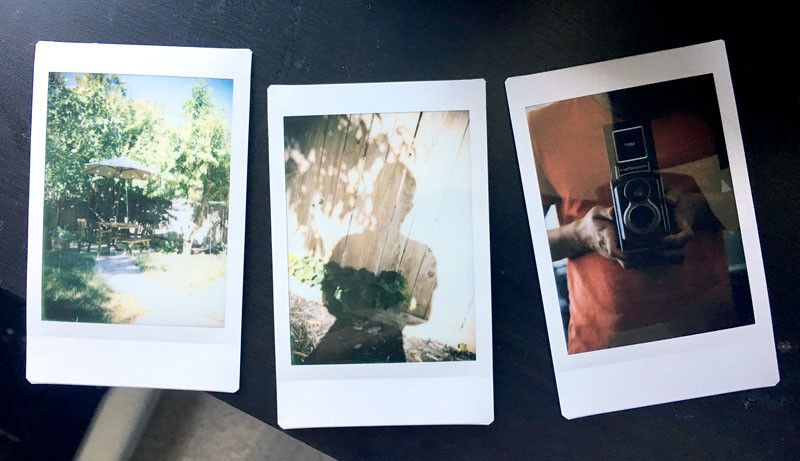
Physically, the InstantFlex TL 2.0 looks just like its predecessor: it’s a gorgeous camera that’s an instant conversation starter when you pull it out around people. The Fujifilm Instax Mini 90 Neo is a beautiful retro camera, but it doesn’t hold a candle to what MiNT has created.
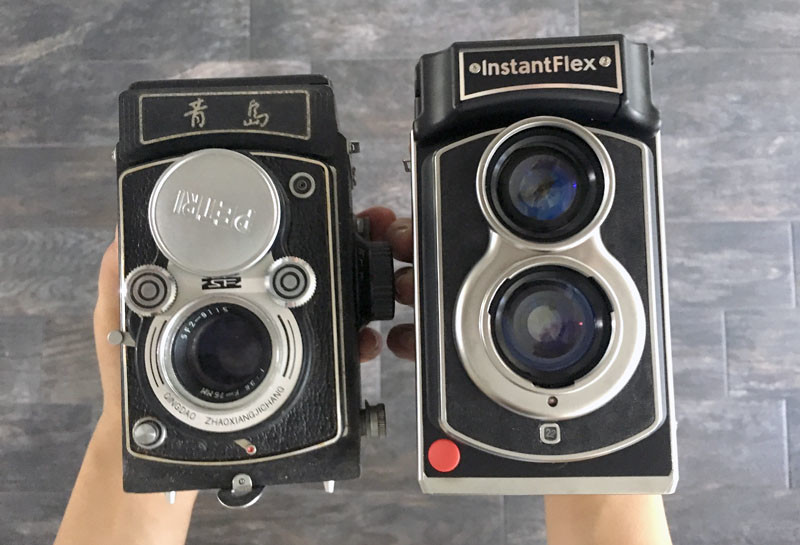
Everything feels nice, solid, and hefty in your hands, and the various components of the InstantFlex are well-built. If you don’t mind using an Instax camera that’s not of the point-and-shoot variety, the InstantFlex is probably the best and most beautiful Instax camera on the market today (in our opinion).
![]()
The one downside we see is the price tag of $389, a barrier of entry that may be a little high for people looking for an instant camera for casual, personal use—by comparison, Fuji’s Instax Mini 90 Neo costs $117. That said, the Impossible project’s new I-1 instant camera costs roughly the same price ($350) and doesn’t look nearly as sexy (to our eyes, at least), and MiNT has direct competitors to that camera as well (for 600 film).
If $389 is within reach, we definitely suggest you take a good look at the new MiNT InstantFlex TL 2.0 (the original version is also still available for $332). It’s as good a camera as you could hope to find when it comes to Instax instant cameras.
P.S. We previously published a review of the original InstantFlex TL70 here.
Full disclosure: MiNT provided PetaPixel with the InstantFlex TL 2.0 unit used for the purpose of this review.